Fig Tree Pests and Diseases: How to Identify and Treat Them
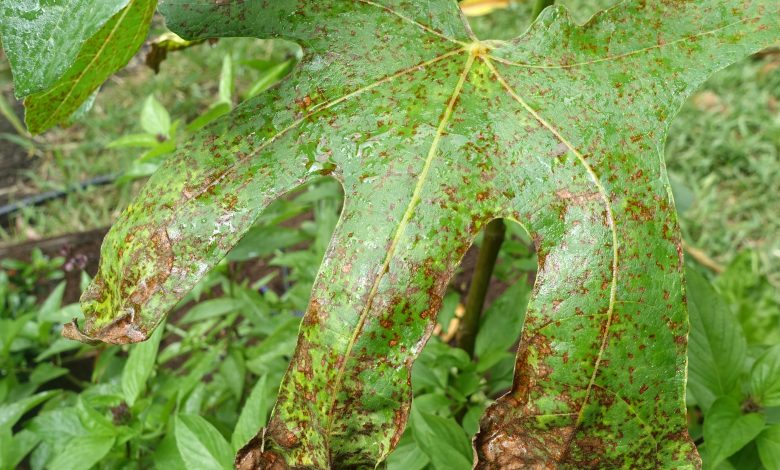
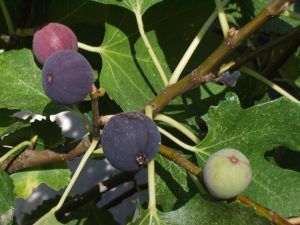 The fig tree is a highly resistant tree that is capable of growing strongly in a varied set of conditions.
The fig tree is a highly resistant tree that is capable of growing strongly in a varied set of conditions.
Being a fruit tree, one of the characteristics that we like the most is to see it with those beautiful figs growing and ripening so that we can enjoy them.
But, what happens when this development is interrupted by the appearance of pests and diseases of the fig tree?
What happens is that you will have to be prepared and the ideal is that it be long before, above all, to prevent these from occurring. Are you interested?
root rot
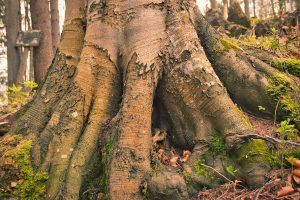 It is a disease that arises due to poor irrigation, which causes the roots to «drown» and cannot carry out their normal processes.
It is a disease that arises due to poor irrigation, which causes the roots to «drown» and cannot carry out their normal processes.
It begins to manifest in the leaves which turn yellow and, when it is in an advanced state, they turn brown.
If left unattended, the plant can die in less time than you might expect because drowning causes the roots to be unable to feed. In addition, it must be considered that it is very difficult to attack, but easy to prevent, since it responds to the actions that you take as a grower.
So make sure you have a watering schedule that is helpful in keeping your plant healthy, but that there is no standing water. And, if you notice changes in the structure, first define what it is due to, because in many cases it is common to think that it is due to lack of water and that aggravates the problem.
Woodlouse
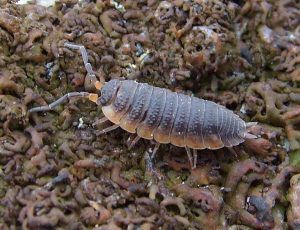 More common than we could wish for in all kinds of crops, and fig trees are no exception.
More common than we could wish for in all kinds of crops, and fig trees are no exception.
In fact, it is quite common for them to appear in large fig plantations, without causing major inconveniences with proper control.
The biggest problem it causes is not caused by the feeding system that sucks the sap from the plants, but by the molasses it leaves.
In this, it is possible for a wide variety of fungi to be installed, in addition to being attractive to different insects, such as ants. If it advances without control, it is capable of causing a general weakening of the trees that will prevent them from supplying energy for the growth of the fruits.
Mealybugs are capable of hibernating and their reproductive system is one of the most numerous, as they can lay up to 400 eggs.It is a treatable pest with calcium polysulfide, becoming much more effective when most of the eggs have already hatched.
fig worm
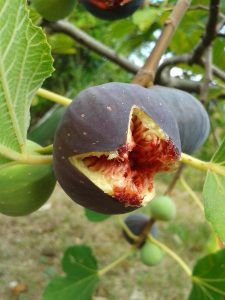 It is a pest that causes serious damage to ripe fruit, since the larvae lodge inside the figs and consume the pulp from the inside.
It is a pest that causes serious damage to ripe fruit, since the larvae lodge inside the figs and consume the pulp from the inside.
It happens because the flies (which are the adult version of Cerastitis Capitata) bite the fruits by introducing their eggs.
The attack period does not develop in a single moment, but groups several phases according to the environmental conditions.
It hibernates during the winter, turning into an adult version (the fly) in the spring and it bites the fruits in the summer.
The good news is that they can be attacked by setting traps that are attractive to them to eliminate them and reduce their chances of attack.
fig borer
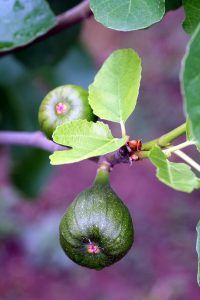 It is a disease caused by the attack of the hypoborus ficus parasite.
It is a disease caused by the attack of the hypoborus ficus parasite.
It has the property of preferring those fig trees that are already weak for any other reason, causing a much more negative impact.
The action occurs because they create holes in the branches, causing the plants to dry out and eventually die.
Preventing it is possible by ensuring that the fig trees obtain the necessary nutrients to remain healthy and vigorous, because under these conditions the parasite does not develop.
In case it is noticed that it is already present and causing damage, it will be necessary to cut the affected branches to discard them and prevent their spread.
In some moments it is possible to enhance the nutritional level of the fig tree after the attack so that the tree itself offers resistance.
fig fly
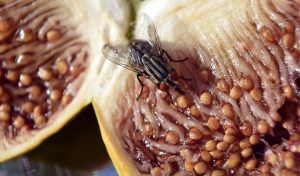 It is a disease typical of this fruit tree, hence its name. It is produced by a fly known in the scientific field as Lonchaea Aristella.
It is a disease typical of this fruit tree, hence its name. It is produced by a fly known in the scientific field as Lonchaea Aristella.
It is a black fly that flutters within the foliage of the fig when it has already entered the productive stage.
The reason is that it usually bites the fruits when they are still green, preventing them from ripening and leading them to fall prematurely. In this situation, the fig changes color, going from green to purple, making it impossible to consume.
Being a fly, the corrective treatment consists of the installation of traps that help free the structure from its damage.
And since the attacks are early, they must be installed from the moment the first figs begin to grow.
The birds
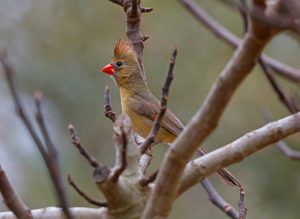 Birds are part of the most frequent pests for fig plants and many other fruit species because they consume the fruits to feed themselves.
Birds are part of the most frequent pests for fig plants and many other fruit species because they consume the fruits to feed themselves.
This causes a negative impact on the number of fruits that are possible to grow, since they reduce their commercial value.
How many times do you choose a fruit in the market that has some bite or peck? Surely never and that is common with birds.
The worst thing is that it is not easy to control because the birds are out there, flying from one place to another.
Setting certain types of traps might help to some extent, but it’s not a sure thing. That is why it is best to harvest the figs as they mature, as the birds do not like green fruits very much.
Enjoying fig trees in perfect condition will be the gift that nature will offer us, since it is almost certain that this will bring with it a great harvest. It is not enough just to attack the problem when it appears, but also to take preventive measures to prevent it from occurring.
It is important to pay attention, especially to the fruits, which are the final phase of development and we want them to prosper very healthy.
Bibliographic references
- Pests and diseases of fig cultivation, E Casadomet, M López-Corrales … – … Food and Environment …, 2016 – researchgate.net
- A false wireworm (Gonocephalum pusillum) as a pest of the fig tree, JG Facundo – Phytoma Spain: The professional health magazine…, 2014 – dialnet.unirioja.es
- Diseases of the fig tree (Ficus carica L.) in the province of Cajamarca, B Valdez, R Masbel – 2019 – 190.116.36.86
- Brevo (Ficus carica L.) diseases in Antioquia, PJ Tamayo Molano – 2018 – agris.fao.org
- Identification and molecular characterization of the viruses that affect the fig tree (Ficus carica L.) in Chile by means of Rt-PCR, P Ubidia Vásquez – 2014 – repository.uchile.cl
- Pests and diseases of cultivated plants, F Domínguez García-Tejero – 1998 – sidalc.net
- Diseases of fruit trees and procedures to combat them, JB Marchionatto – 1950 – sidalc.net
Maybe you are also interested in:

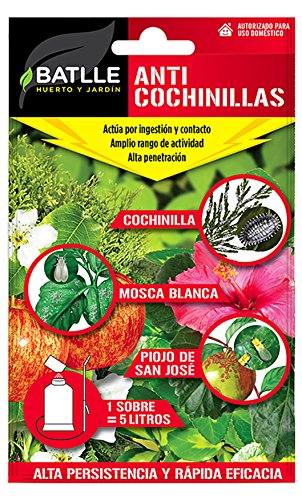
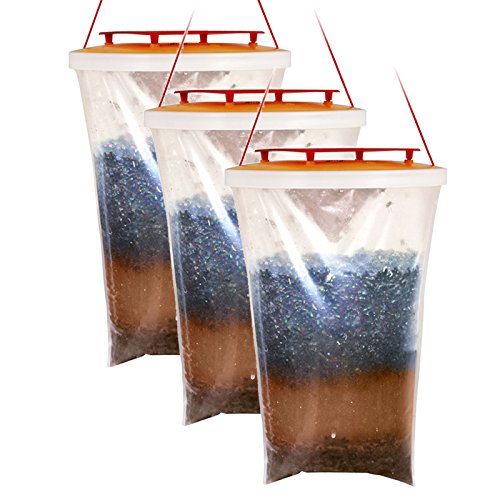

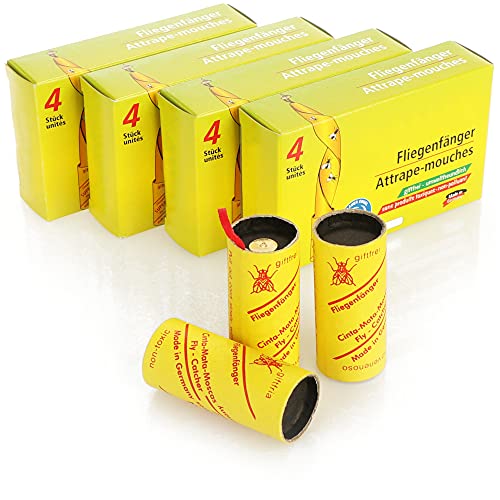
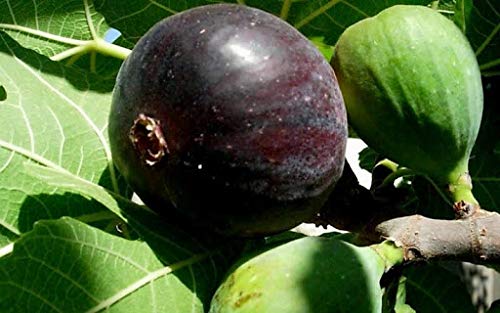

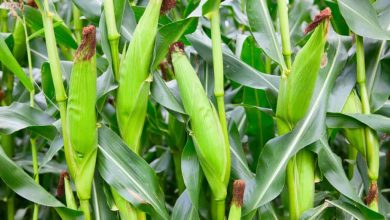
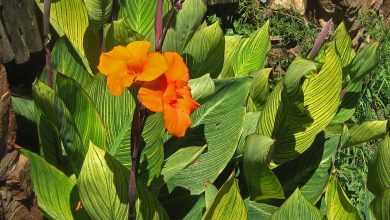
![Photo of Types of Carrots: [Characteristics, Origin, Classifications]](https://www.complete-gardening.com/wp-content/uploads/2022/08/types-of-carrots-characteristics-origin-classifications-390x220.jpg)